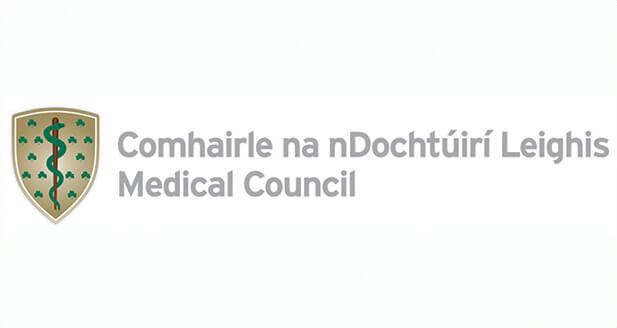What type of hair “falls out”?
The medical term for “shock fall out” is “effluvium” which literally means shedding. It is usually the miniaturized hair i.e. the hair that is at the end of its lifespan due to genetic balding that is most likely to be shed. Less likely is that, some healthy hair will be shed, but this should regrow. Interestingly, if transplants are spaced less than one year apart, one can get shedding of the hair from the first transplant but this hair grows back completely.
How much fallout “typically” occurs?
For most patients, effluvium is not a major issue and should not be a cause for concern. In rare cases the patient can look a little thinner for several months following the transplant, when the transplanted hair is in its latent phase. It ends when the transplanted hair begins to grow. The thinning is often more noticeable to the patient him or herself, than to others. Shedding is generally noted as a thinning rather than “lots of hair falling out”, as the term “shock fall out” mistakenly suggests.
What does the degree of fallout depend on?
In general, the more miniaturization one has and the more rapid the hair loss, the more likely will be shedding from surgery. Young, actively balding patients would be at greatest risk. Older patients with stable hair loss would have the least risk.
What can be done to minimize the effects of post-operative shedding?
The first is using medication, the second is timing the transplant properly, and the third is performing a procedure using a sufficient number of grafts. There is an FDA approved medication we can prescribe that reverses or halts the miniaturization process in many individuals and would seem to be the logical way to decrease the risk of shedding following a transplant.
Timing and the size of the transplant session are the most important issues. It is important to wait until a patient is ready to have a transplant, and then to perform one of sufficient size so that if there is some shedding, the procedure will more than compensate for it.
The better solution is to treat early hair loss with medication, but once you make a decision to begin surgery you should have a procedure large enough to make a significant cosmetic improvement.
Effluvium is what hair naturally does when the scalp is stressed and it is stressed during a transplant from the anaesthetic mixture and the recipient site creation. It cannot be totally prevented.
In summary, the best way to deal with effluvium is to treat with medication when hair loss is early, perform a transplant only when indicated and finally, to perform a procedure of Follicular Unit Transplantation with skill and with a sufficient number of grafts.










